
Neurogenomics • Gene regulation • TFs

The possibility that lithium deficiency is a driver of Alzheimer's disease. Experimental model shows Li depletion impedes amyloid clearance, and repletion in humans could be achieved with low doses
nature.com/articles/s41...

The possibility that lithium deficiency is a driver of Alzheimer's disease. Experimental model shows Li depletion impedes amyloid clearance, and repletion in humans could be achieved with low doses
nature.com/articles/s41...
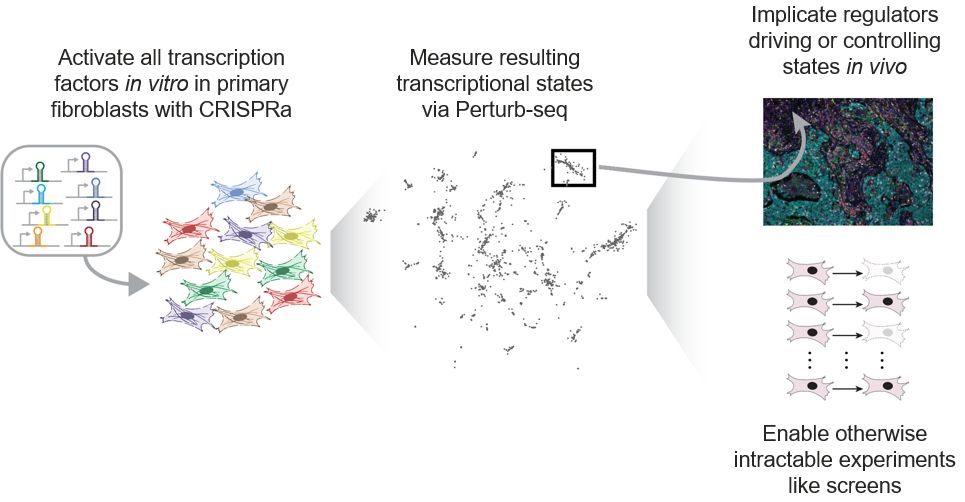
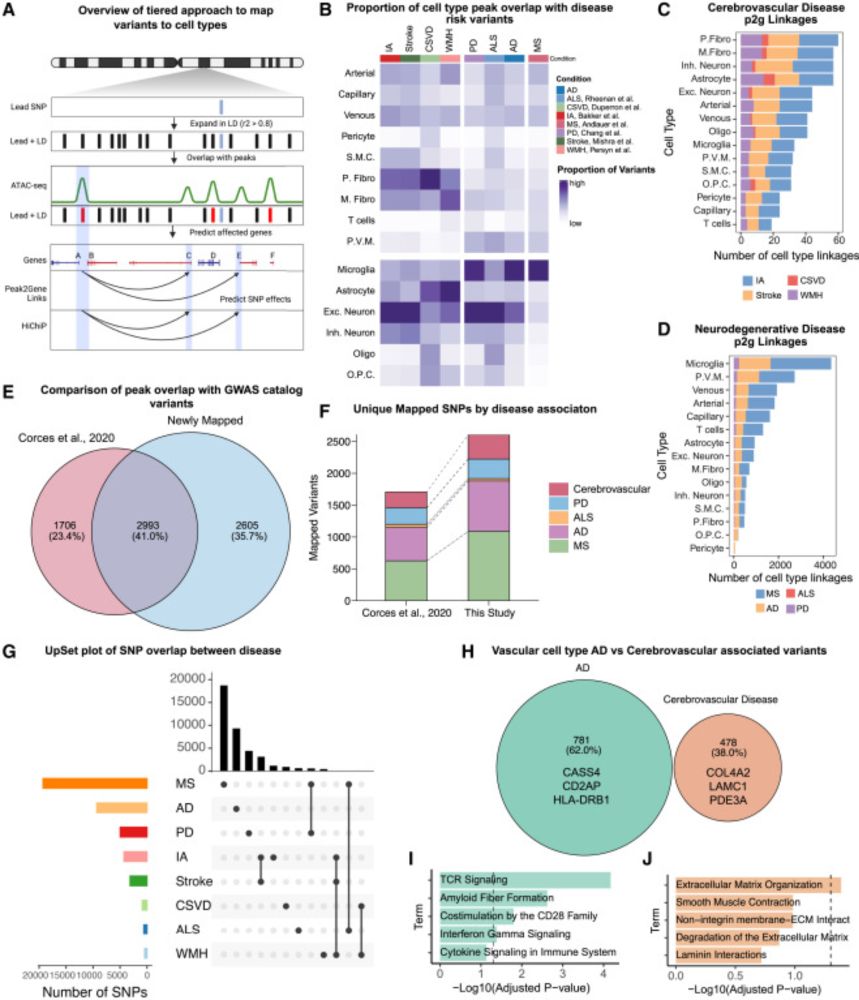
@hhu.de @crg.eu @embl.org @impvienna.bsky.social

@hhu.de @crg.eu @embl.org @impvienna.bsky.social
arxiv.org/abs/2411.11158

arxiv.org/abs/2411.11158
www.nature.com/articles/s41...
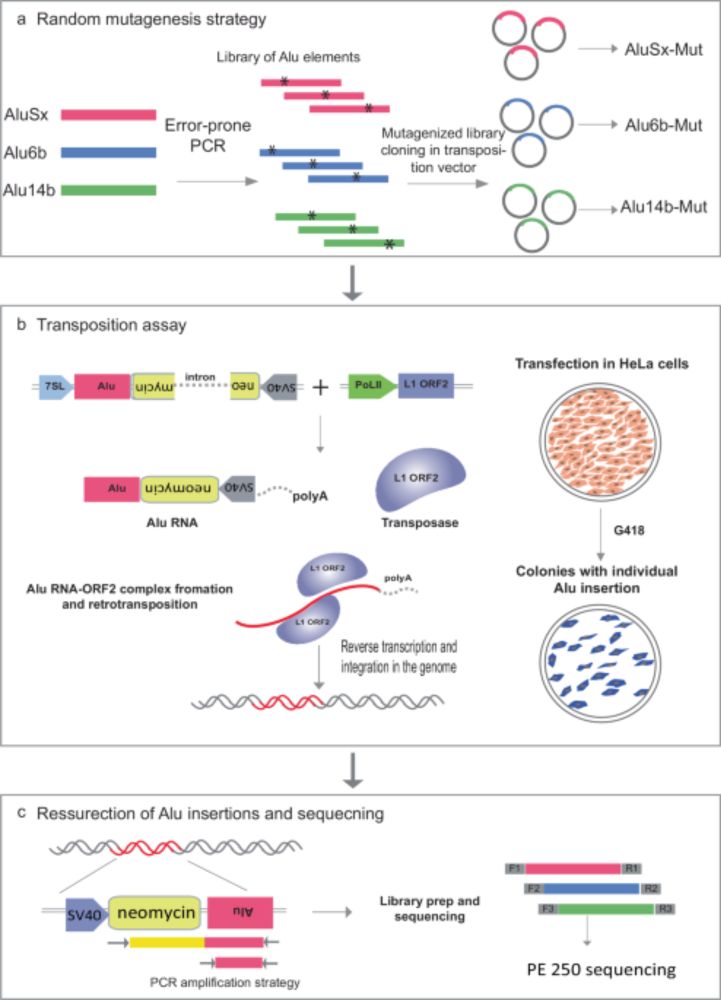
www.nature.com/articles/s41...
Check out our paper - fresh off the press!!!
We find widespread functional conservation of enhancers in absence of sequence homology
Including: a bioinformatic tool to map sequence-diverged enhancers!
rdcu.be/enVDN
github.com/tobiaszehnde...
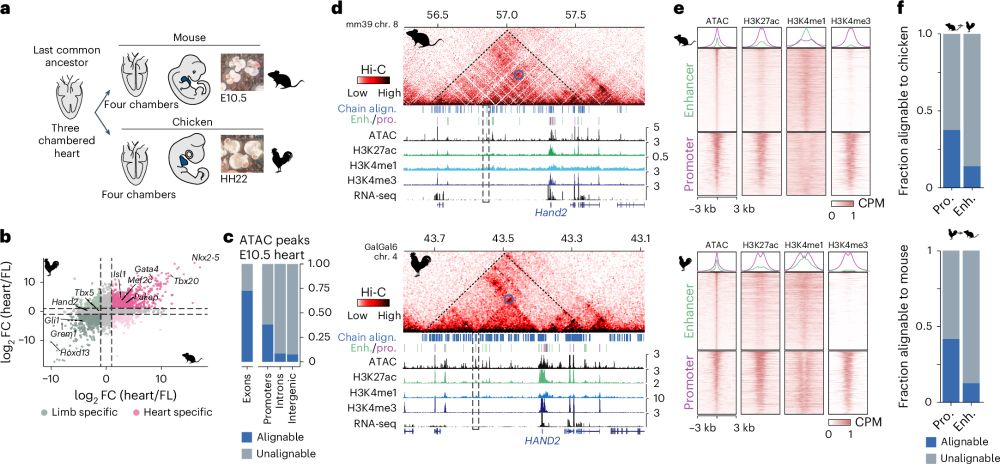
Check out our paper - fresh off the press!!!
We find widespread functional conservation of enhancers in absence of sequence homology
Including: a bioinformatic tool to map sequence-diverged enhancers!
rdcu.be/enVDN
github.com/tobiaszehnde...
#Cerebellum, organoid, autism & brain evolution 🧪 🧫🧠🧬
Collaboration with G. Testa; fruit of years of work by smart students, led by postdoc Davide Aprile. Organoids to understand better the developmental basis of autism (focus: CHD8) & sapiens brain evolution (focus: CADPS2) 🧵

#Cerebellum, organoid, autism & brain evolution 🧪 🧫🧠🧬
Collaboration with G. Testa; fruit of years of work by smart students, led by postdoc Davide Aprile. Organoids to understand better the developmental basis of autism (focus: CHD8) & sapiens brain evolution (focus: CADPS2) 🧵

Preprint: www.biorxiv.org/content/10.1...
GitHub: github.com/jmschrei/led...

Preprint: www.biorxiv.org/content/10.1...
GitHub: github.com/jmschrei/led...
[follow 🧵]
www.biorxiv.org/content/10.1...

[follow 🧵]
www.biorxiv.org/content/10.1...
We lay out best-practice guidelines for releasing variant effect predictors, developed through the Atlas of Variant Effects Alliance @varianteffect.bsky.social
Open, interpretable, and clinically useful VEPs are the goal.
📄 doi.org/10.1186/s130...

We lay out best-practice guidelines for releasing variant effect predictors, developed through the Atlas of Variant Effects Alliance @varianteffect.bsky.social
Open, interpretable, and clinically useful VEPs are the goal.
📄 doi.org/10.1186/s130...
www.biorxiv.org/content/10.1...
www.biorxiv.org/content/10.1...
www.cell.com/cell-reports...
@ukdri.ac.uk @kingsioppn.bsky.social @imperialbrains.bsky.social
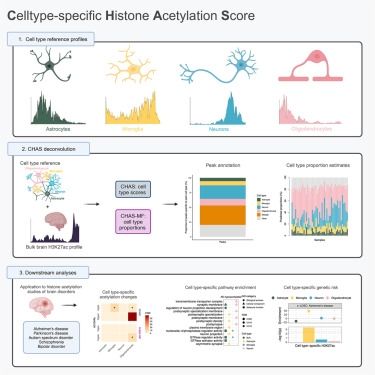
www.cell.com/cell-reports...
@ukdri.ac.uk @kingsioppn.bsky.social @imperialbrains.bsky.social
Rewriting regulatory DNA to dissect and reprogram gene expression
Our new method (Variant-EFFECTS) uses high-throughput prime editing + flow sorting + sequencing to precisely measure effects of noncoding variants on gene expression
Thread 👇

Rewriting regulatory DNA to dissect and reprogram gene expression
Our new method (Variant-EFFECTS) uses high-throughput prime editing + flow sorting + sequencing to precisely measure effects of noncoding variants on gene expression
Thread 👇
www.science.org/doi/10.1126/...
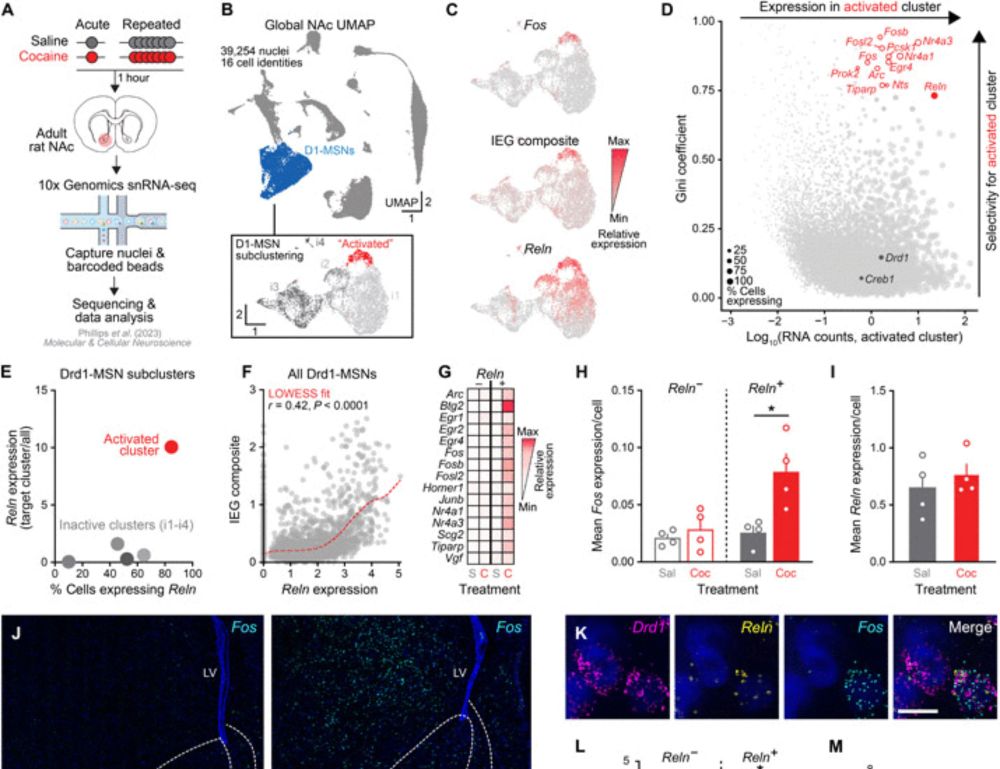
www.science.org/doi/10.1126/...




Congratulations @jack-humphrey.bsky.social
www.nature.com/articles/s41...
(Collaborative work with Panos Roussos and his team! )
Long-read RNA sequencing atlas of human microglia isoforms elucidates disease-associated genetic regulation of splicing
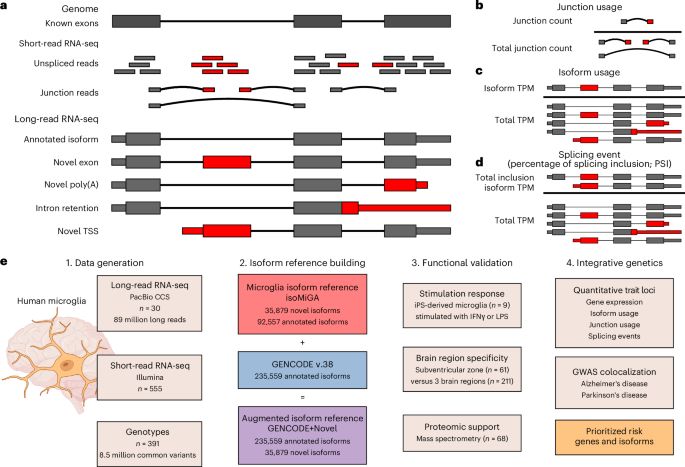
Congratulations @jack-humphrey.bsky.social
www.nature.com/articles/s41...
(Collaborative work with Panos Roussos and his team! )
Long-read RNA sequencing atlas of human microglia isoforms elucidates disease-associated genetic regulation of splicing
From conventional machine learning methods to CNNs and using models as oracles/generative AI for synthetic enhancer design!
@natrevbioeng.bsky.social
www.nature.com/articles/s44...
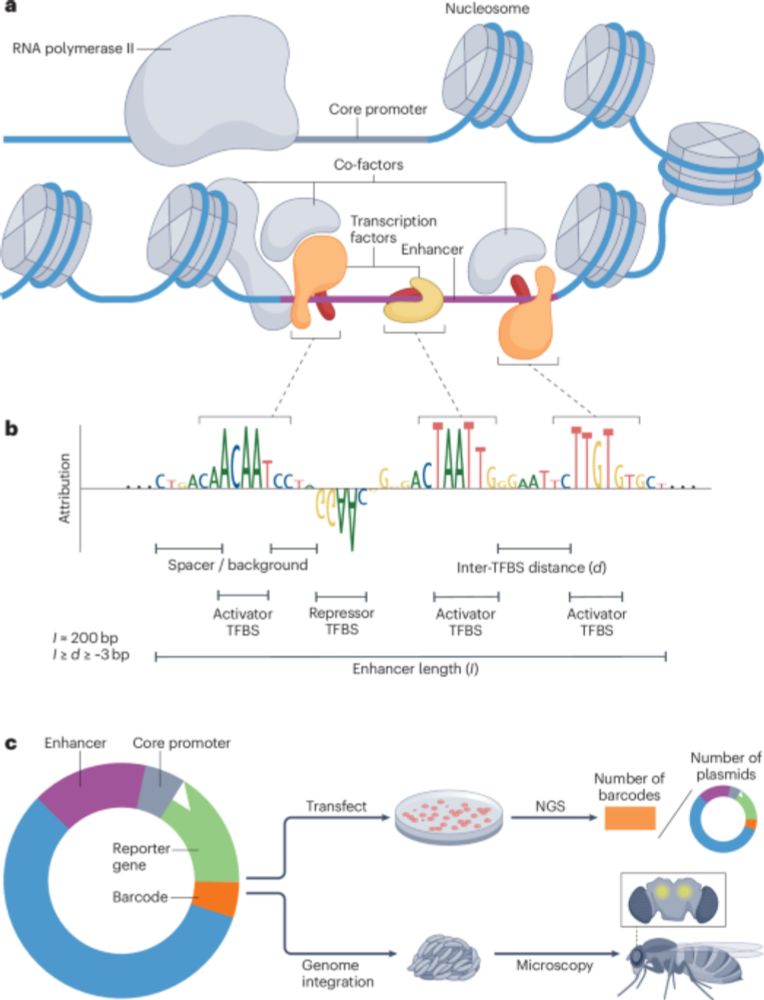
From conventional machine learning methods to CNNs and using models as oracles/generative AI for synthetic enhancer design!
@natrevbioeng.bsky.social
www.nature.com/articles/s44...
https://go.nature.com/4gVRi05

https://go.nature.com/4gVRi05

www.cell.com/cell-genomic...

www.cell.com/cell-genomic...

